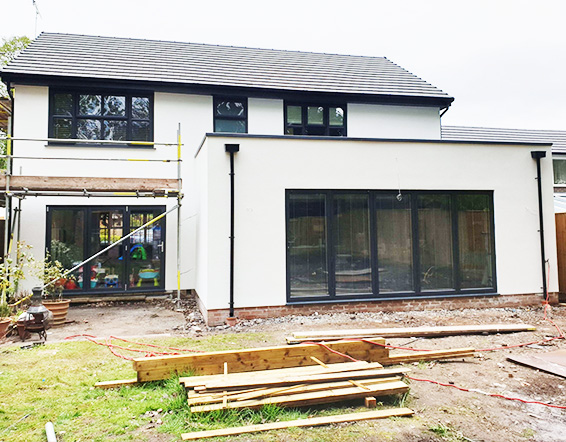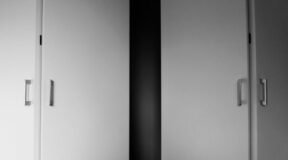The range of building materials is nowadays rich and varied. That applies both to finishing elements used inside the building and outside. The easiest way to finish a house elevation is to put an appropriate render. What type of render is best? We suggest.
Types of single-family house elevations
There are many different types of elevations available on the market. The most popular are renders which give the outside walls an aesthetic look and protect them against adverse weather conditions. Some renders are also scratch-resistant and additionally reinforced. When deciding on this type of facade, it is essential to choose the right style for the individual needs and specificity of the house.
Among the most commonly used renders are:
Silicone render is characterized by high resistance to dirt, moisture, and high temperatures in summer. If properly executed, it can be used for years without fear of colour change due to exposure to e.g., sunlight. However, silicone render is not resistant to very low temperatures and mechanical damage.
On the other hand, acrylic render is resistant to low temperatures and mechanical damage. It can be safely used on shaded walls due to its low resistance to sunlight. Its disadvantage is that it is difficult to keep clean.
Silicate render is resistant to adverse effects of temperature and rain. What’s more, it may discolor under the influence of sun radiation. Silicate render is characterised by medium resistance to mechanical damage and dirt.
Mineral render is the most resistant to sunlight and adverse temperatures. Its undoubted advantage is that it is very easy to keep clean. However, this solution has disadvantages – low resistance to long-lasting, intensive precipitation and humidity.
If not a render, then what to choose?
Apart from render, the house elevation can be made of other materials. A widespread practice is to combine several different types of the facade.
In addition to renders, tiles are also popular:
Tiles are usually used on foundations, wall edges, and recesses. They perform an aesthetic function and at the same time protect the wall against mechanical damage. Stone and clinker tiles are popular. Their advantage is fire resistance and dampening of noise from outside.
Natural wood is considered one of the noblest building materials, which can also be used for the façade of a building. Wooden cladding is an excellent solution for a rustic, modern, or traditional look.
The advantage of wooden cladding is that it does not need to be impregnated. However, it needs to be cleaned once or twice a year.






